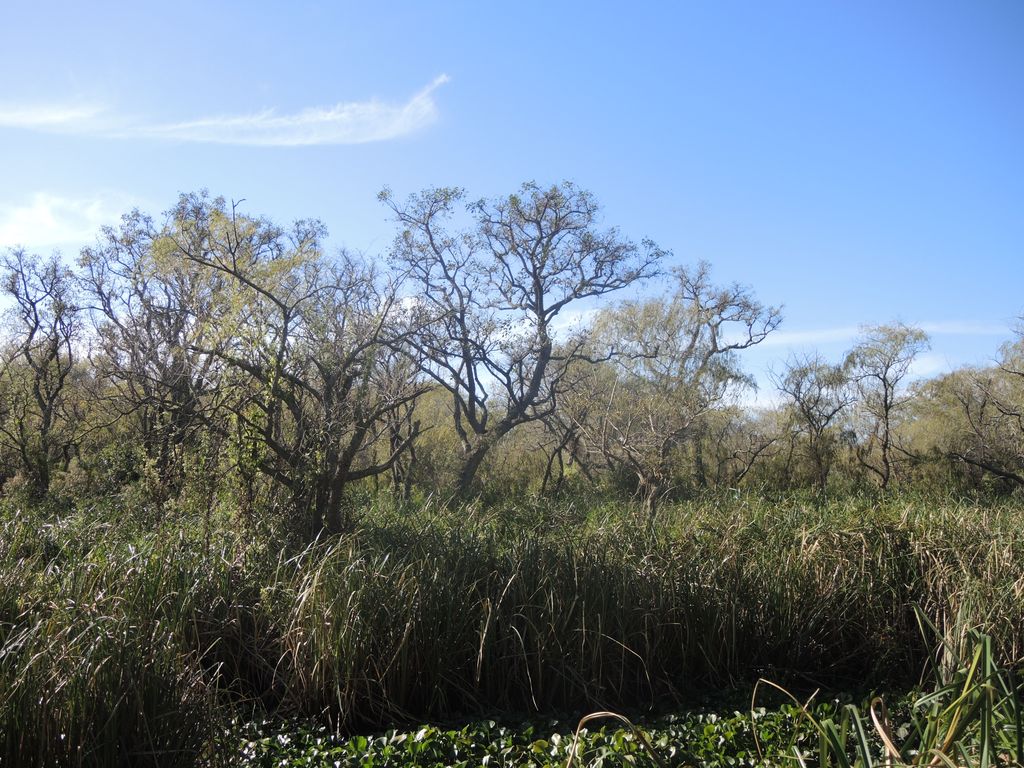Jardín Botánico de la ciudad de Buenos Aires "Carlos Thays"
Institution Code: BAJ
BGCI Member: Yes
ArbNet Accredited: Level III

Main Address:
Jardín Botánico de la ciudad de Buenos Aires "Carlos Thays"
Av. Santa Fe 3951
Buenos Aires
Buenos Aires 1425 Argentina
Telephone: 54 11 4833-3748
Fax:
URL: www.buenosaires.gob.ar/jardinbotanico
Primary Email: buenosairesjardin@buenosaires.gob.ar
Recovery of Native Wetland Flora
Jardín Botánico Carlos Thays is working with Klorane Botanical Foundation, Pierre Fabre Dermo-Cosmétique Argentina and BGCI to promote the recovery of native wetland flora in the Río de la Plata estuary in Argentina.
The Lower Paraná river delta presents a natural entity with unique biogeographical and ecological characteristics in Argentina. By the end of the 19th century, the shores and the islands in the delta were still occupied by the natural forest vegetation, locally referred to as Monte Blanco with high biodiversity. However, the Río de la Plata delta is no longer a pristine ecosystem. It is threatened by watercourse modification and livestock grazing and as a result, the Monte Blanco forest vegetation has almost completely disappeared from the islands in the lower delta of the Paraná River and only relict patches are remaining.
To address the ongoing degradation of the vegetation in the delta, Jardín Botánico Carlos Thays is working with Klorane Botanical Foundation and Pierre Fabre Dermo-Cosmétique Argentina and BGCI, to promote the recovery of native wetland flora in the Río de la Plata estuary. The specific objectives include:
- Enhancing ex situ conservation of native species of the Monte Blanco forest vegetation;
- Piloting restoration of degraded natural areas; and
- Strengthening public outreach and networking to foster environmental sensitisation of the ecological value of the Río de la Plata’s wetland habitats for future generations.
A series of planting techniques are being trialled in pilot plots using different, native species compositions. These activities will be accompanied by the development and implementation of a series of public outreach activities within the reserve of Fundación de Historia Natural Félix de Azara as well as at Jardín Botánico Carlos Thays. For more information about the project please contact Graciela Barreiro.

Native wetland habitat in the Río de la Plata estuary






